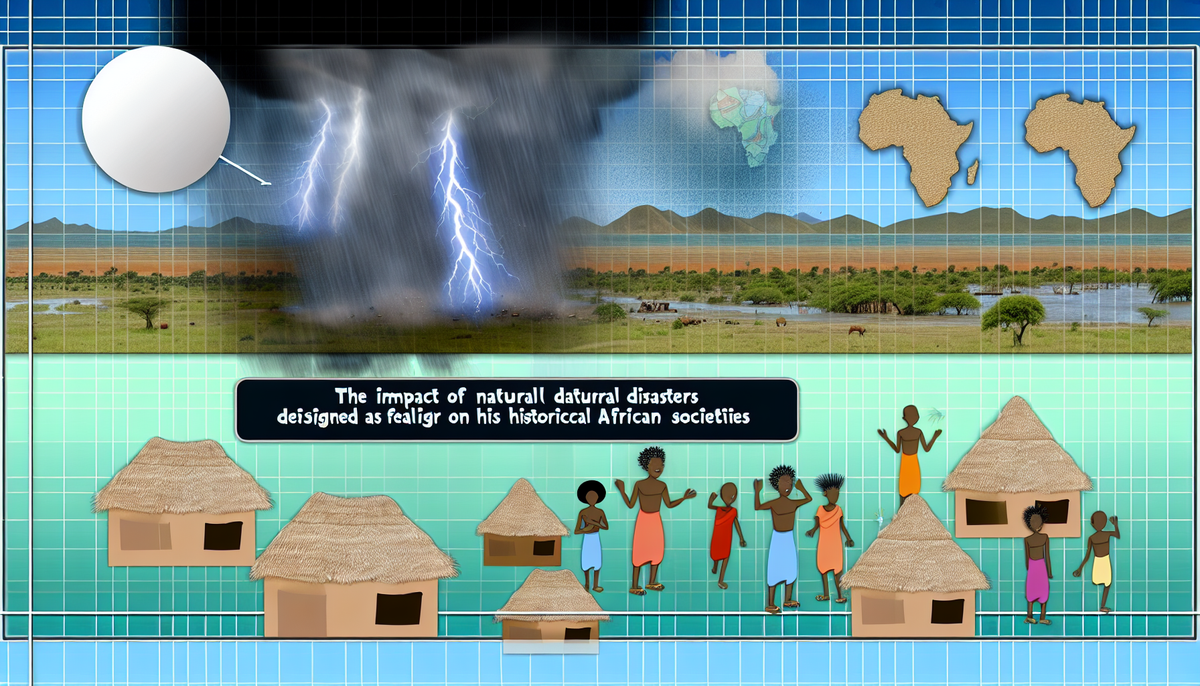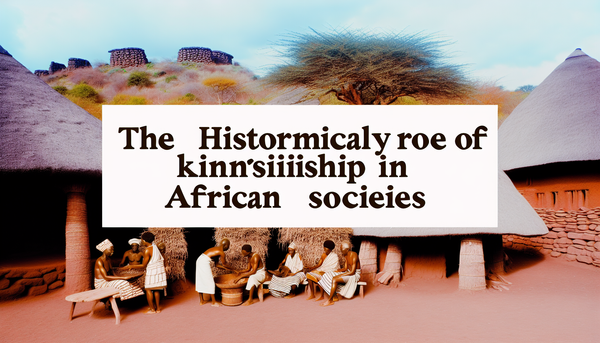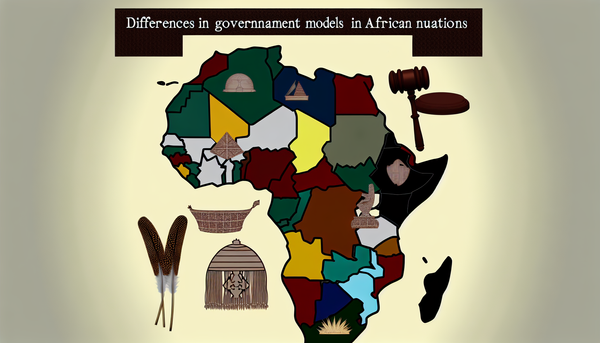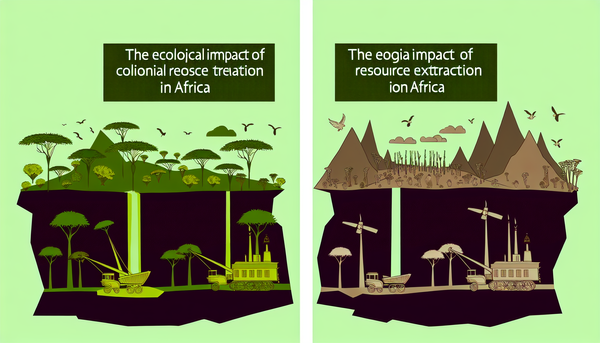The Impact of Natural Disasters on Historical African Societies

Effects of Climate Extremes on Ancient Nile River Civilizations
Ancient Nile River civilizations, particularly those of Egypt, thrived due to the predictable flooding of the river, which provided fertile soil for agriculture. However, climate extremes, such as prolonged droughts or excessive flooding, had significant impacts on these societies. During periods of drought, the waters of the Nile would recede dramatically, leading to reduced agricultural yields. This scarcity of resources often resulted in food shortages, contributing to social unrest and weakened economic conditions.
Conversely, instances of severe flooding could destroy crops and infrastructure, leading to loss of life and displacement of communities. These disasters not only affected agricultural productivity but also placed immense pressure on the centralized government to respond effectively. The state’s ability to manage resources and implement successful irrigation strategies became crucial in mitigating the adverse effects of climate variations.
Moreover, these climate-induced challenges could trigger migrations, as people sought more stable conditions. This movement often led to the mixing of cultures and ideas among different groups, ultimately shaping the social and political landscape of the region. Thus, the interplay between climate extremes and the resilience of Nile River civilizations underscores the profound impact of environmental factors on human societies throughout history.
Role of Droughts in Shaping Sub-Saharan Tribal Migrations
Droughts have played a critical role in shaping the migrations of tribes across Sub-Saharan Africa, driving communities to seek more hospitable environments. With limited rainfall and declining water sources, agricultural productivity often suffers, prompting tribes to abandon their ancestral lands in search of sustenance and security. This migration is not merely a response to immediate food shortages but a long-term strategy for survival, as communities move to regions where they can cultivate crops or find grazing pastures for livestock.
Historically, tribes such as the Bantu people expanded southward due to adverse climatic conditions, displacing or integrating with local populations along their routes. These migratory movements often led to cultural exchanges and the spread of languages, agricultural practices, and technologies. Additionally, drought-induced migrations have influenced political dynamics, causing shifts in power among tribes as stronger groups assimilate or conquer those who are more vulnerable.
In contemporary times, the issue of climate change exacerbates the frequency and intensity of droughts, further complicating migration patterns and leading to conflicts over resources. As communities navigate these challenges, understanding the historical context of drought-induced migrations is essential in addressing modern-day implications and fostering resilience among affected populations.
Earthquakes and Their Influence on Early North African Urban Development
Earthquakes significantly influenced the urban development of early North African cities, compelling communities to adapt their architectural practices and urban planning in the face of geological instability. Regions such as modern-day Algeria and Tunisia have a history of seismic activity that shaped the evolution of their urban landscapes. Major earthquakes in antiquity not only caused destruction but also acted as catalysts for infrastructural change.
After devastating earthquakes, cities like Carthage and Hippone faced the challenge of rebuilding, which often led to innovations in construction techniques and materials. The need for more resilient structures prompted architects to develop advanced engineering methods, including the use of arches and better foundation designs. These advancements contributed to the durability of urban centers, allowing them to withstand future seismic events.
Additionally, seismic events spurred migration, as inhabitants fled damaged areas in search of safer, more stable locations, reshaping demographic patterns. The aftermath of earthquakes also presented opportunities for urban renewal and expansion, as cities rebuilt and reimagined their layouts, incorporating lessons learned from past disasters. Thus, the interaction between natural disasters and urban development paints a complex picture of resilience and adaptation in early North African societies, revealing how communities navigated the challenges posed by their environment.
Volcanic Activities and Their Consequences on East African Communities
Volcanic activities in East Africa have profoundly impacted local communities, both positively and negatively, shaping their social, economic, and environmental landscapes. The East African Rift Valley is home to several active volcanoes, such as Mount Kilimanjaro and Mount Nyiragongo. While these geological phenomena can bring about devastating eruptions, they also play a crucial role in the region's ecology and agriculture.
On one hand, volcanic eruptions can devastate nearby communities, destroying homes, infrastructure, and agricultural land. For example, the eruption of Mount Nyiragongo in 2002 led to substantial loss of life and displacement in Goma, DRC. The lava flows destroyed essential resources, creating immediate humanitarian needs and long-term recovery challenges.
On the other hand, volcanic ash contributes to the fertility of soils in volcanic regions, enhancing agricultural productivity. Communities have often adapted their farming practices to utilize these rich soils, promoting food security. The presence of geothermal energy resources also opens opportunities for sustainable energy development, positively affecting local economies.
Thus, while volcanic activities pose significant threats to East African communities, they also offer avenues for resilience and growth, demonstrating the complex relationship between natural phenomena and human adaptation. Understanding these dynamics is crucial for developing effective strategies for disaster preparedness and sustainable development.
Floods and Their Impacts on Agricultural Practices in West Africa
Flooding is a recurring phenomenon in West Africa, significantly impacting agricultural practices and the livelihoods of millions. Seasonal rains often lead to the overflowing of rivers, such as the Niger and Senegal, creating both challenges and opportunities for local farming communities. While floods can provide much-needed water for crops, excessive flooding can cause devastating damage.
In many regions, floods disrupt planting cycles, wash away seeds, and erode fertile soil, leading to decreased agricultural yields. When crops are submerged, farmers face challenges in recovering their investments, which can lead to food insecurity and economic hardship. For instance, the heavy rains and subsequent floods in 2020 severely affected agricultural productivity across several West African nations, prompting concerns over food shortages.
Conversely, periodic flooding also plays a beneficial role in replenishing soil nutrients and supporting wetland ecosystems that sustain diverse crops. Communities have adapted their farming practices by implementing flood-resistant crops and diversifying agricultural techniques. Additionally, efforts such as improved irrigation systems and flood management strategies help mitigate adverse effects. Understanding the dual nature of floods is essential for developing sustainable agricultural practices in West Africa, balancing immediate challenges with long-term resilience strategies.
Desertification Trends and Survival Strategies in the Sahara Region
Desertification is a pressing issue in the Sahara region, profoundly affecting the livelihoods of its inhabitants. In recent decades, changing climatic conditions, including rising temperatures and declining precipitation, have accelerated the encroachment of desert areas, pushing communities to adapt in innovative ways. As vast expanses of once-arable land degrade into barren desert, the local population faces shrinking resources for agriculture and livestock grazing, vital components of their survival.
To combat the effects of desertification, communities have developed various survival strategies. Traditional practices, such as shifting cultivation and rotational grazing, help optimize land use and minimize degradation. Additionally, the introduction of drought-resistant crops and improved irrigation techniques enables farmers to sustain agricultural productivity even in harsh conditions.
Furthermore, local governments and NGOs are increasingly implementing reforestation initiatives to restore degraded lands and reduce erosion. Sustainable land management practices, such as constructing sand barriers and using check dams, aim to stabilize soils and improve water retention.
Moreover, awareness and education about environmental conservation are fostering community engagement in combatting desertification. By embracing a combination of traditional knowledge and modern scientific approaches, the people of the Sahara are working toward a resilient future in the face of ongoing environmental challenges.
Cyclonic Storms: Alterations in Coastal Settlements and Trade in Madagascar
Cyclonic storms are a recurrent threat to Madagascar, significantly altering coastal settlements and impacting trade dynamics. The island nation, located in the Indian Ocean, frequently experiences cyclones during the rainy season, leading to severe damage to infrastructure, homes, and agricultural lands. These storms can cause widespread destruction, displacing thousands and prompting communities to rethink their settlement patterns.
In response to the devastating effects of cyclones, coastal communities are increasingly adopting adaptive measures to enhance resilience. Building techniques have evolved, with structures designed to withstand strong winds and flooding. Elevated foundations, reinforced materials, and strategic land-use planning are now common practices aimed at minimizing storm damage.
The repeated disruption caused by cyclones also affects trade routes, particularly for agricultural products and fisheries, which are vital for local economies. Damage to ports and shipping routes can delay the distribution of goods, leading to economic losses. As a result, traders are adapting by diversifying supply chains and establishing alternative routes.
Moreover, increased cooperation among local governments, NGOs, and international agencies is fostering initiatives to improve disaster preparedness and response. By investing in coastal resilience and sustainable practices, Madagascar’s communities are working to mitigate the impacts of cyclonic storms on their settlements and livelihoods, aiming for a more secure future.



